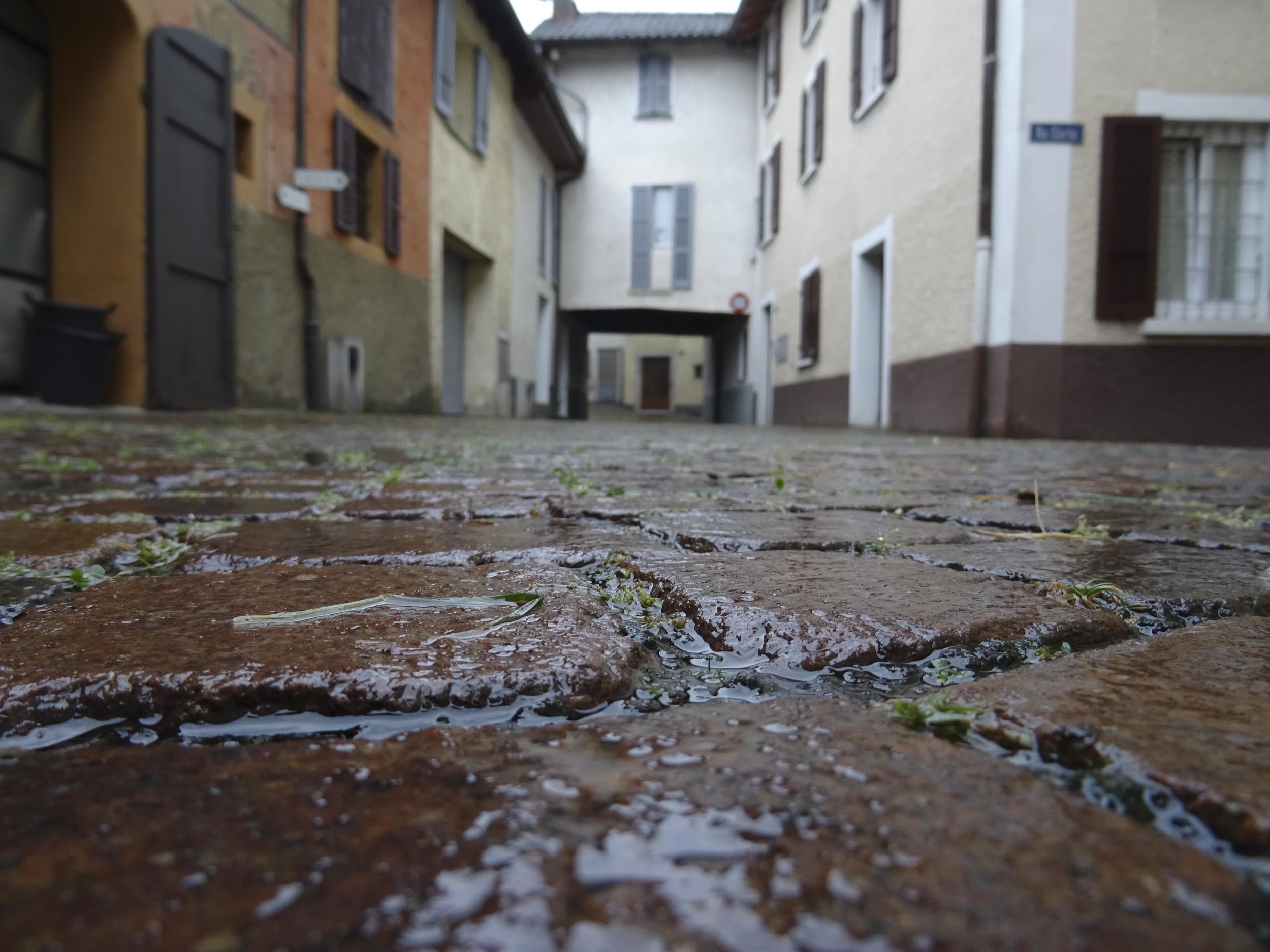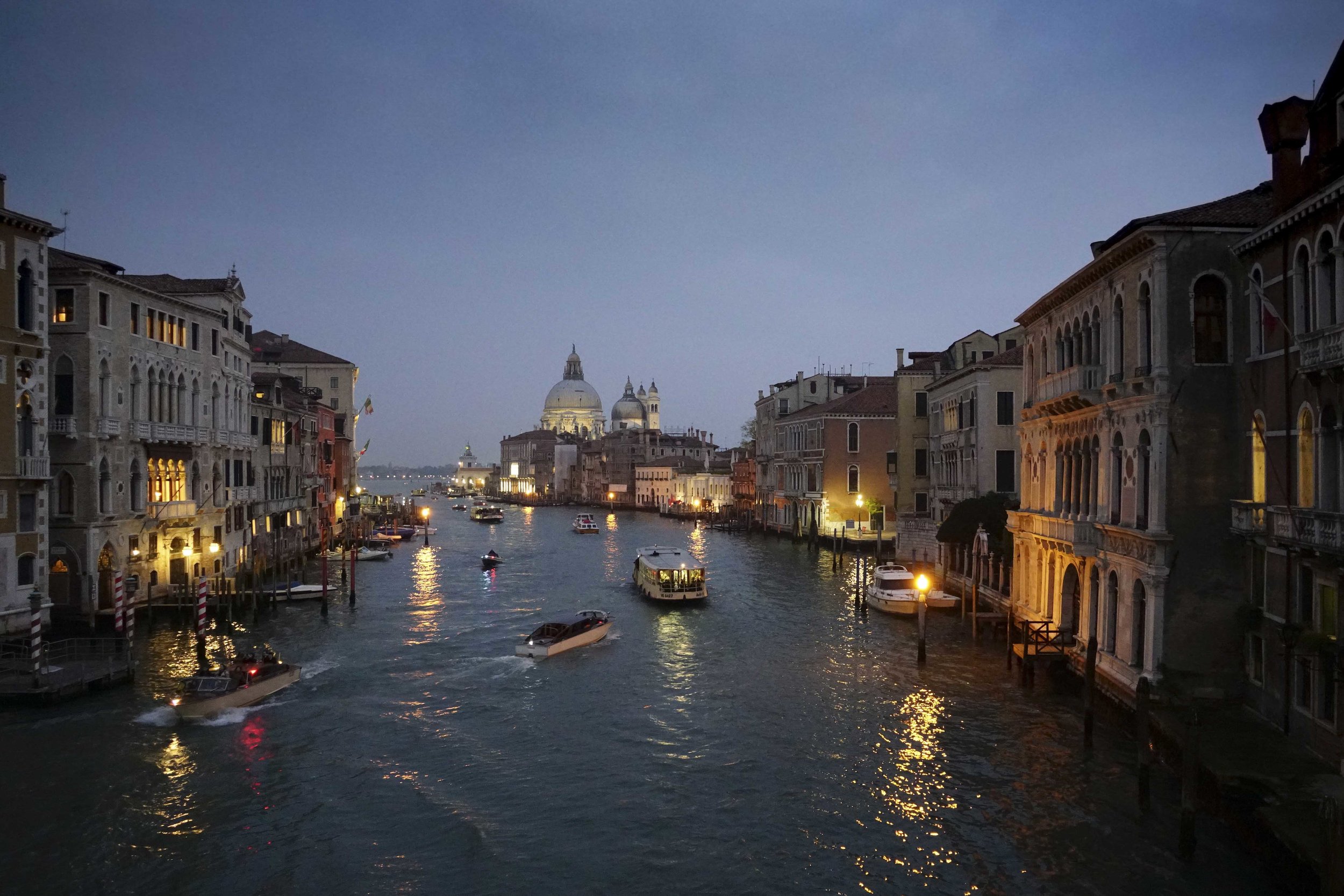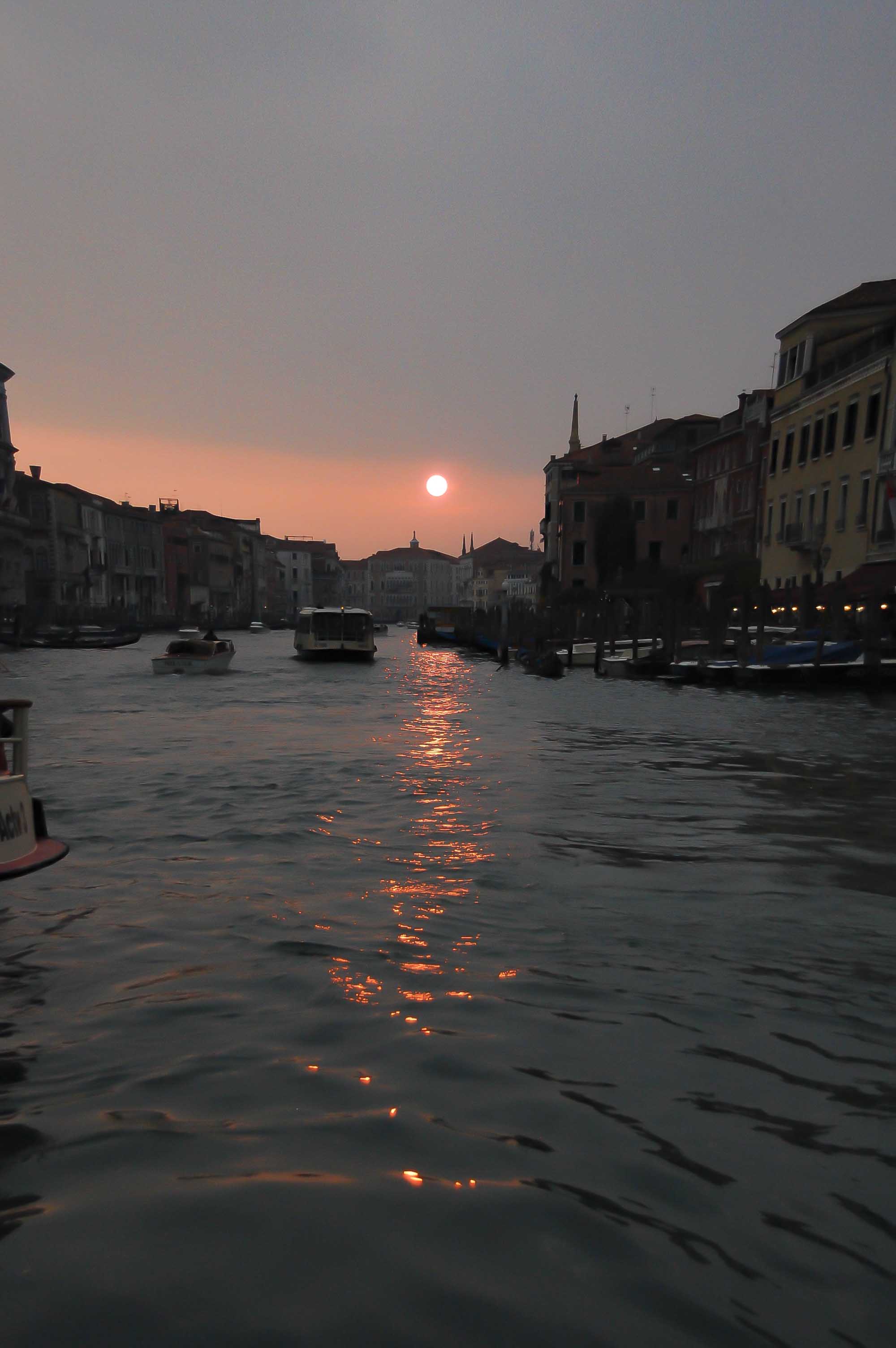Everyone is welcome to the IB Visual Arts Final Exhibition this coming Friday in the Palestrina. The exhibition opens at 16:00 with light refreshments. Come and meet the grade 12 artists, celebrate their achievements and see what they have been up to in the art and photography studios. This year the group has been particularly creative and there should be something to appeal to most tastes. You may well have already noticed student artwork appearing around the campus - an umbrella tree, a very large rubric's cube, a sock mobile.... so, come and discover more in the Palestrina. The exhibition is open over the weekend, with the exception of Saturday morning when the artwork is assessed and marked.
The Great Magazine Cover Assignment
TASIS Photography 1 students are assigned a project to make a magazine cover using their own images and copy, but are allowed to emulate well-known publications. There is creative license with regard to how closely the cover copies a specific publication. The objective is to learn how to combine text and photographs, to work with many different layers, and to use layer styles to create the look and feel of a real magazine. The results are quite impressive! Here is a gallery of six created covers by current Photography 1 students.
Winter Exhibition 2017
Don't miss the opportunity to view and support TASIS Visual Arts students. Photography and work from the Architecture and Design will be displayed in the Palmer Center. In the Sahenk Fine Arts Center will be more photography, drawings, and paintings. The work in the weekend exhibition includes work by beginners to higher level IB students. Below is a gallery of a few images that will be on display this weekend. Join us!
Exquisite Corpse - Year Two
Last year TASIS photography students tried a project for the first time called an Exquisite Corpse. It ended up being a well-received activity, and early this fall we started two new Exquisite Corpse chains.
The parlor game Exquisite Corpse developed from a Surrealist working of a game called “Consequences” in which participants would write a sentence in turn on a sheet of paper and fold the paper to conceal part of the writing before passing it on to the next contributor. The corpse of the title came from artists drawing body parts on a part of a sheet of paper and folding it to conceal the image from the next person. The results can be surprising and serendipitous.
In our Exquisite Corpse, the first player was given a phrase from which they were asked to produce an image. In turn that image was delivered to the next person and so on until each photographer had a chance to respond. Like a visual game of “Telephone,” participants add an image to the chain while only knowing the image that came before their own.
Each of our image chains are not a collection of photographs but, rather, an unfolding story that evolves from multiple points of view one image at a time. While the particulars of each photo can be interesting, the stories are found in the surprises, mystery, and disconnects that mark the trajectory of each narrative. The strange, illogical juxtapositions are what attracted the Surrealists to the form. The excitement of creation and collaboration is what drives us to seek what meaning, if any, will develop at the end of our chain.
Please enjoy our second two Exquisite Corpse stories created by the students working with photography for IB CAS creativity or in advanced photography courses (IB first and second year/ Advanced Placement). Click on the title of each story and use the arrow on the right to follow the story sequentially.)
Photographers Take On Venice
Each year a group of TASIS photography students armed with digital (and film) cameras descend upon Venice for a week of shooting. What other high school photography class has a week-long field trip to such a location! Eighteen students and three TASIS faculty explored the canals and winding streets of Venice, the fish market, the island of Burano, and Piazza San Marco at sunset.
This trip is an important part of the TASIS photography curriculum, and both beginning Photography 1 students, Advanced Placement students and IB first year students were on the trip. The photo gallery below is on display in De Nobili with the photographs printed and mounted for everyone to enjoy. Needless to say, there were literally hundreds more images taken on the trip! Enjoy the gallery and if you click on an image you will be taken to a full screen view with each photographer's name and grade.
Antonio Giovanni (Canaletto) Return of the Bucintoro to Molo on Ascension Day c.1733
It Pays to be Quick in Venice
There is, of course, nowhere quite like Venice and TASIS students were fortunate enough to travel there recently to draw and paint and to discover something of the magic of this city of canals.
John Singer Sargent - Watercolor sketch, c.1883
Down the centuries Venice has cast a spell on thousands of artists; J.W.M.Turner’s atmospheric and evocative watercolors, the lively studies of canal life by Singer Sargent, the detail and charm of Canaletto and the highly colorful and impressionistic paintings of August Renoir remain some of my favorites. Its ability to inspire has seduced a host of writers, poets, composers and filmmakers, too. Hermann Hess, Goethe, Lord Byron, Vivaldi, Benjamin Britten, Fellini and Woody Allen have all fallen for its charm.
JMW Turner
The Grand Canal with Santa Maria della Salute, Venice c.1835
There were an estimated 16 million visitors to Venice last year. Therefore it comes as no surprise to discover that finding a good place to draw in the streets and along the canals has become a challenge. Artists today have to compete with gangs of camera-wielding tourists, bulging café terraces, packed vaporettos and even hordes of pigeons to capture the Venice they have come to see.
It’s not all bad news for the artist, and there are solutions, of course: learning how to sketch quickly, and being really selective are two. Although the resulting artwork may, at first glance, appear to lack sophistication - and may even have glaring errors - a rapid interpretation will often have captured something of the essence of the view far better than a more elaborate and careful one. In this case, less really can become more.
Like so many seemingly simple techniques in art, the reality requires some considerable practice. However, with time, this not only develops the student’s hand-eye coordination it also builds confidence and encourages them to look that much harder.
Look out for more Venice sketches from TASIS students on this website, soon.
“Anything that excites me for any reason, I will photograph; not searching for unusual subject matter, but making the commonplace unusual. ”
Photographing the Familiar
These were the words read to the AP Photography class before they grabbed tripods and cameras to photograph De Nobili's dining room. "Really," said one student. "We are going to spend time in the dining room? It is dark and not interesting at all!"
The challenge facing many photographers is learning to see. It is important for photographers to try and develop a creative eye and see things in a different way. The images below are the result of only 30 minutes of shooting one afternoon. After the exercise the students agreed that they were surprised, excited, and admitted the assignment forced them to 'see differently.'
"The artist's world is limitless. It can be found anywhere, far from where he lives or a few feet away. It is always on his doorstep." - Paul Strand




























































































